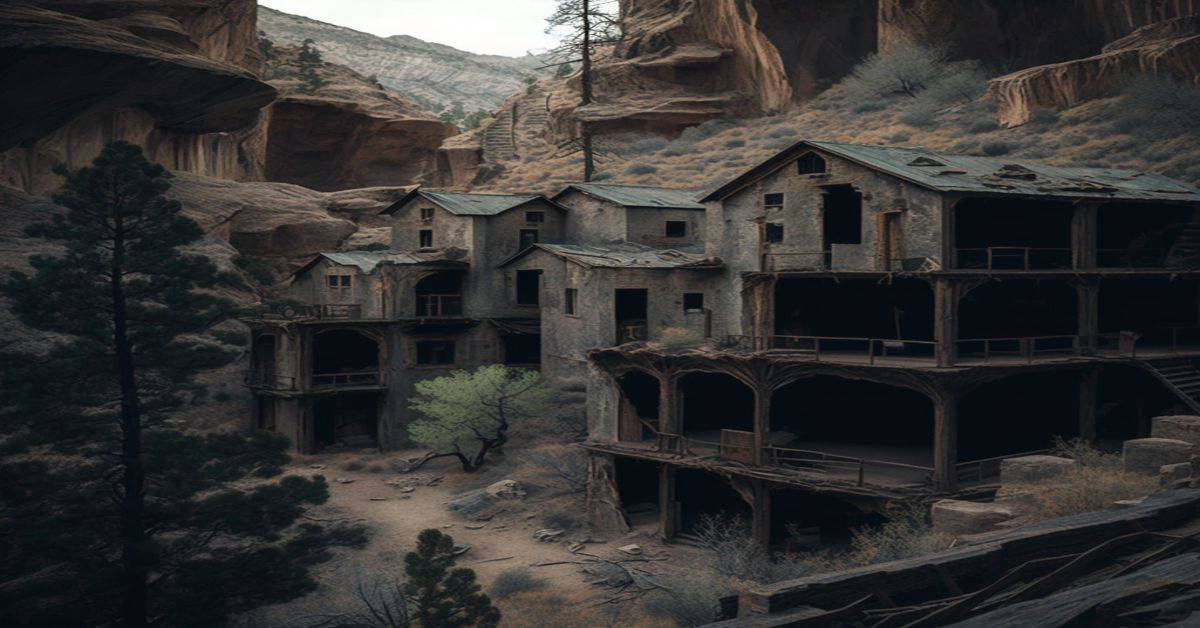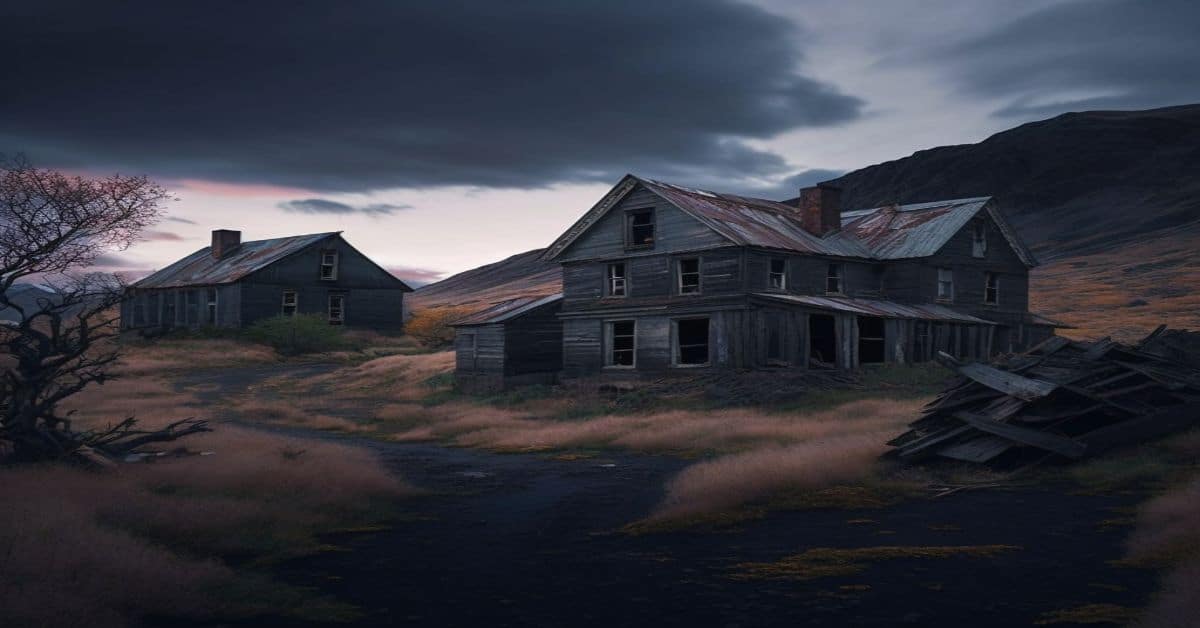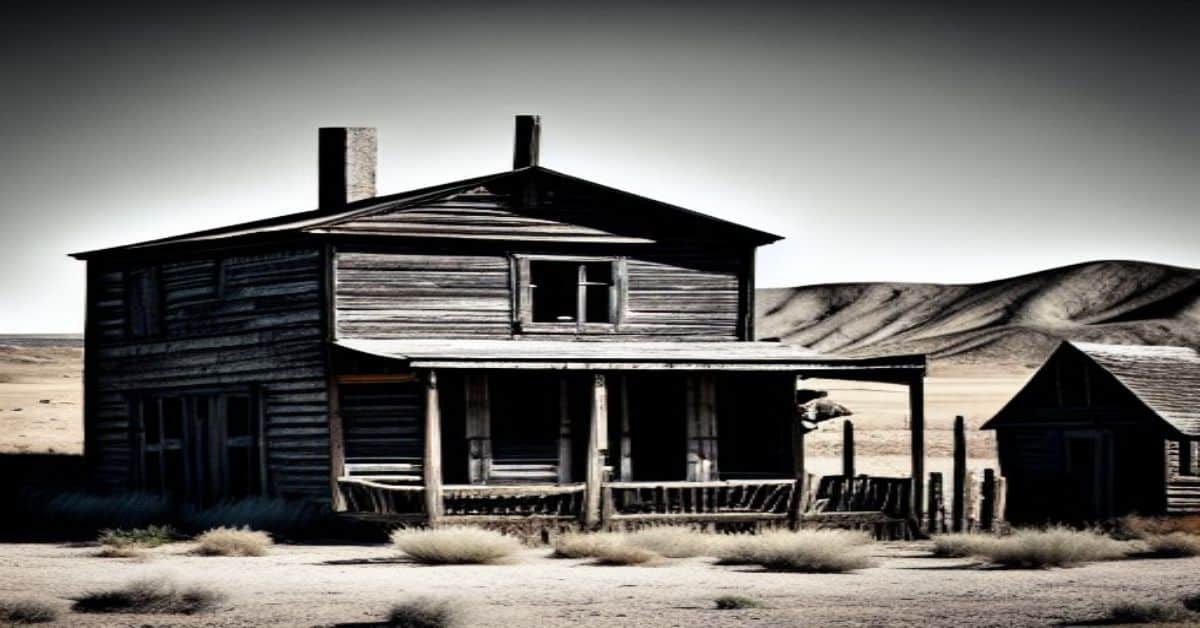Mercur, a small town nestled in the mountains of Utah, was once a bustling hub of gold mining activity. Despite being plagued by multiple fires, the town was rebuilt and became the second-largest gold-producing town in the state. However, mining cost eventually exceeded gold’s value, and Mercur became a ghost town in 1951.
Today, Mercur remains a shadow of its former self, with only the cemetery open to visitors. However, the question remains: could Mercur ever experience a revival?
In this article, we will explore the history and origin of Mercur, the rise and fall of the gold industry, and the current state and future possibilities for this lost gold town. Join us as we delve into the fascinating story of Mercur, a town that once glittered with gold but now remains a haunting reminder of a bygone era.
Key Takeaways
- Mercur was a once-thriving gold mining town in Utah that eventually became a ghost town in 1951 due to the high cost of mining surpassing the value of gold.
- Despite its decline, Mercur has potential opportunities for revitalization, including the development of historic sites and promotion of tourism, as well as proposals for renewable energy sources in the area.
- Life in Mercur was characterized by a harsh environment, challenging working conditions, and a tightly-knit community facing constant uncertainty and instability.
- The legacy of Mercur’s resilient people can still be seen today in the town’s ruins, making it a promising candidate for revitalization due to its unique history and potential for economic growth.
History and Origin
The history and origin of Mercur, formerly known as Lewiston, can be traced back to its meager mining activity in Lewiston Canyon until the discovery of good deposits. The town was then renamed after a vein of cinnabar, a mercury mineral.
Efforts were made to extract gold from the rock, but these proved too expensive. Despite the initial success of Mercur as the second gold producing town in Utah, the cost of mining eventually exceeded the value of gold.
The town was rebuilt after multiple fires but eventually became a ghost town. The history of Mercur is a reflection of the boom-and-bust cycle that characterizes many mining towns. The challenges of extracting gold from cinnabar deposits and the limitations of gold extraction methods played a significant role in the town’s decline.
Life in Mercur
Life in this former mining community was characterized by a harsh environment, meager resources and a constant struggle to extract gold from the surrounding rock. Mining operations were the main source of employment, and the workers faced challenging conditions, including long hours, dangerous work, and low wages. Despite these difficulties, the community was tightly-knit, with strong bonds among families and neighbors.
Community dynamics were shaped by the demands of mining, which required high cooperation and mutual support. This led to the development of a close-knit society, where everyone knew each other and worked together towards a common goal.
However, the boom and bust cycles of the mining industry also meant that the community was constantly facing uncertainty and instability, as the value of gold fluctuated and mining operations were forced to shut down. Despite these challenges, the people of Mercur remained resilient, and their legacy is still visible today in the ruins of the town.
Current State and Future Possibilities
Although the mining industry in this former community has long since ceased, there are potential opportunities for revitalization. Mercur has been transformed into a ghost town, with the remains of the once bustling community and its cemetery being the only remnants of its past.
However, the area still holds significant economic potential, and there have been efforts to revive the town. Revitalization prospects in Mercur include the development of the town’s historic sites, such as the cemetery and the former mining facilities. Efforts to preserve the town’s past and promote tourism have also been undertaken.
Additionally, there have been proposals for developing renewable energy sources in the area, such as wind and solar power. Although it is uncertain if Mercur will ever boom again, the town’s potential for economic growth and its unique history make it a promising candidate for revitalization.
Frequently Asked Questions
What was the population of Mercur at its peak?
The population peak numbers of Mercur are not readily available. However, it was once the second gold producing town in Utah, contributing significantly to the state’s economy. The cost of mining eventually exceeded the value of gold, leading to the town’s decline.
Were there any famous or notable residents of Mercur?
There is no record of famous residents in Mercur. However, the town was once the second-largest gold producer in Utah, which in itself is a notable achievement.
What was the primary mode of transportation in Mercur?
Horse-drawn carriages and mining tramways were the primary modes of transportation in Mercur. These methods were necessary due to the rugged terrain and the need to transport heavy mining equipment and ore.
Did Mercur have any schools or educational institutions?
There is no evidence of any educational institutions in Mercur. The absence of such facilities may have limited the town’s development potential and its ability to attract families and workers seeking quality education for their children.
Are there any notable natural landmarks or attractions near Mercur?
Near Mercur, visitors can explore the Oquirrh Mountains on hiking trails and take ghost town tours. However, there are no notable natural landmarks or attractions in the immediate vicinity of the town.


